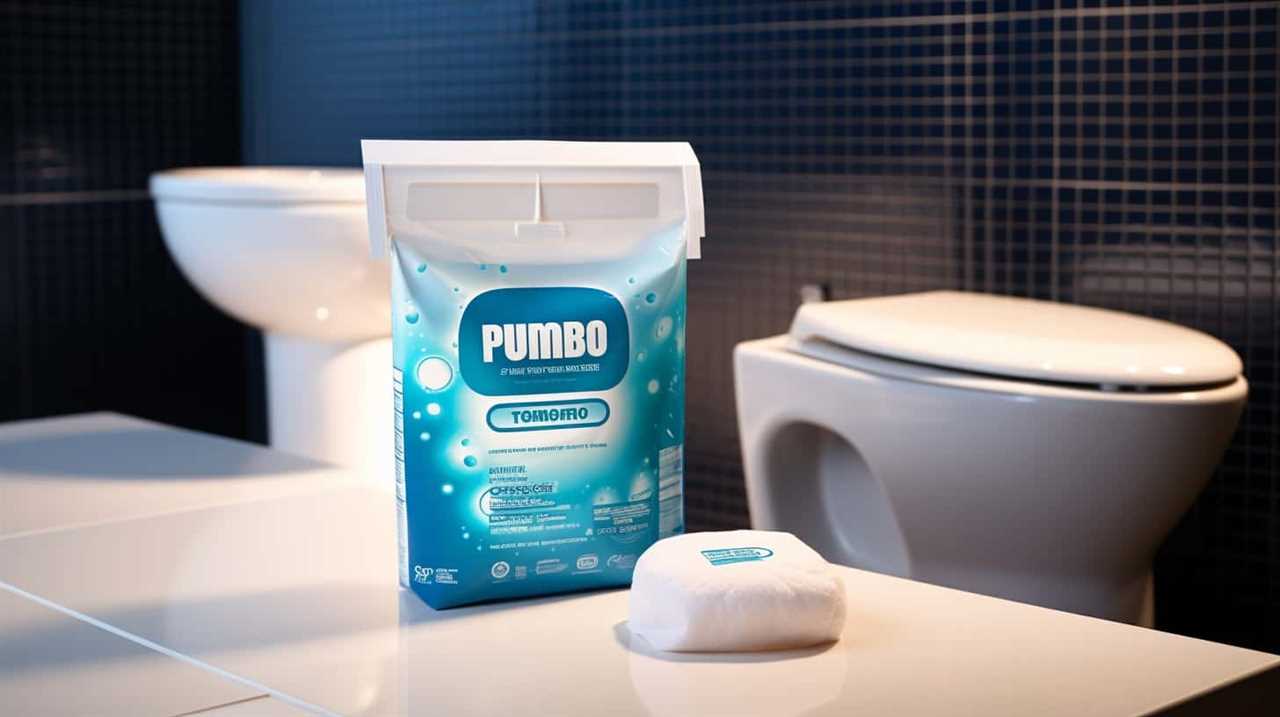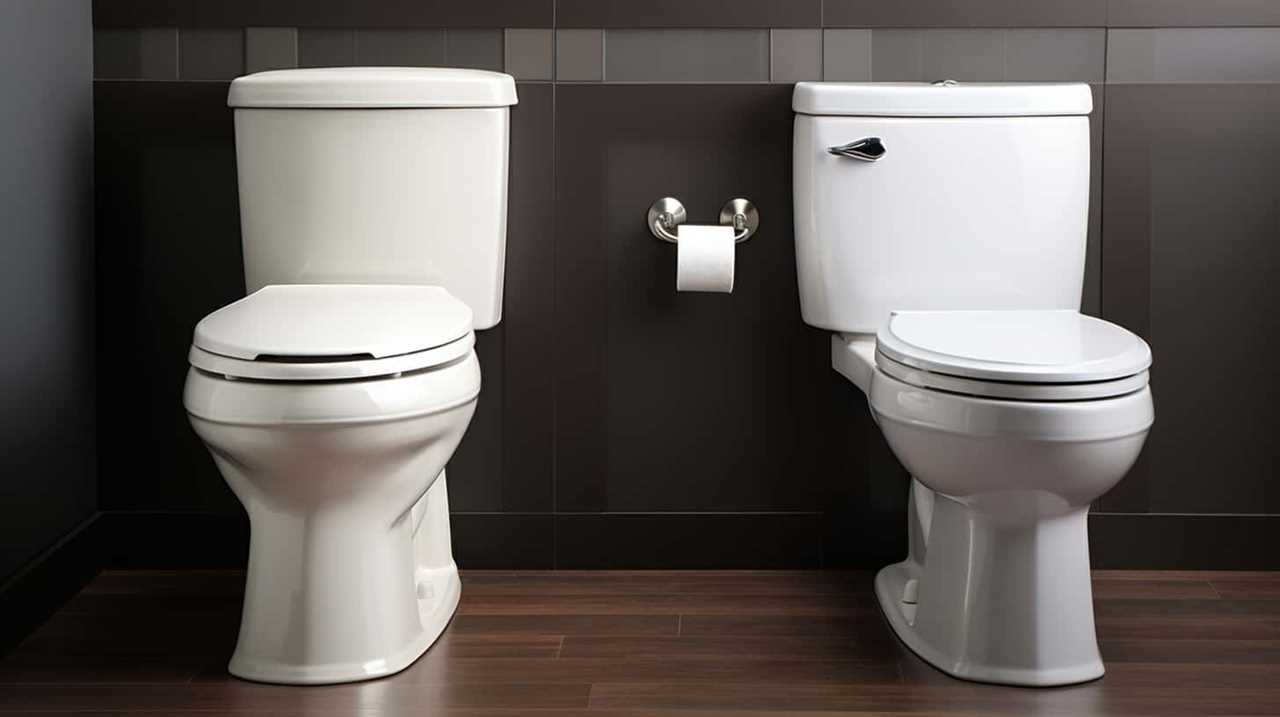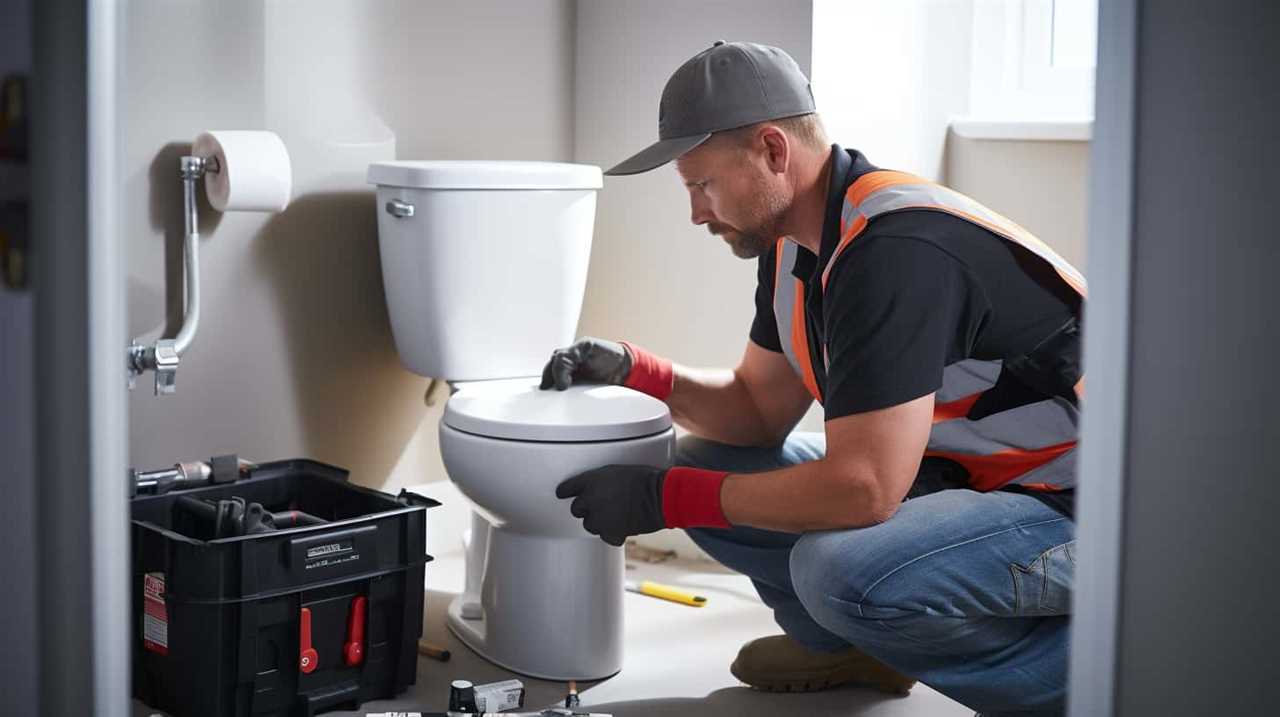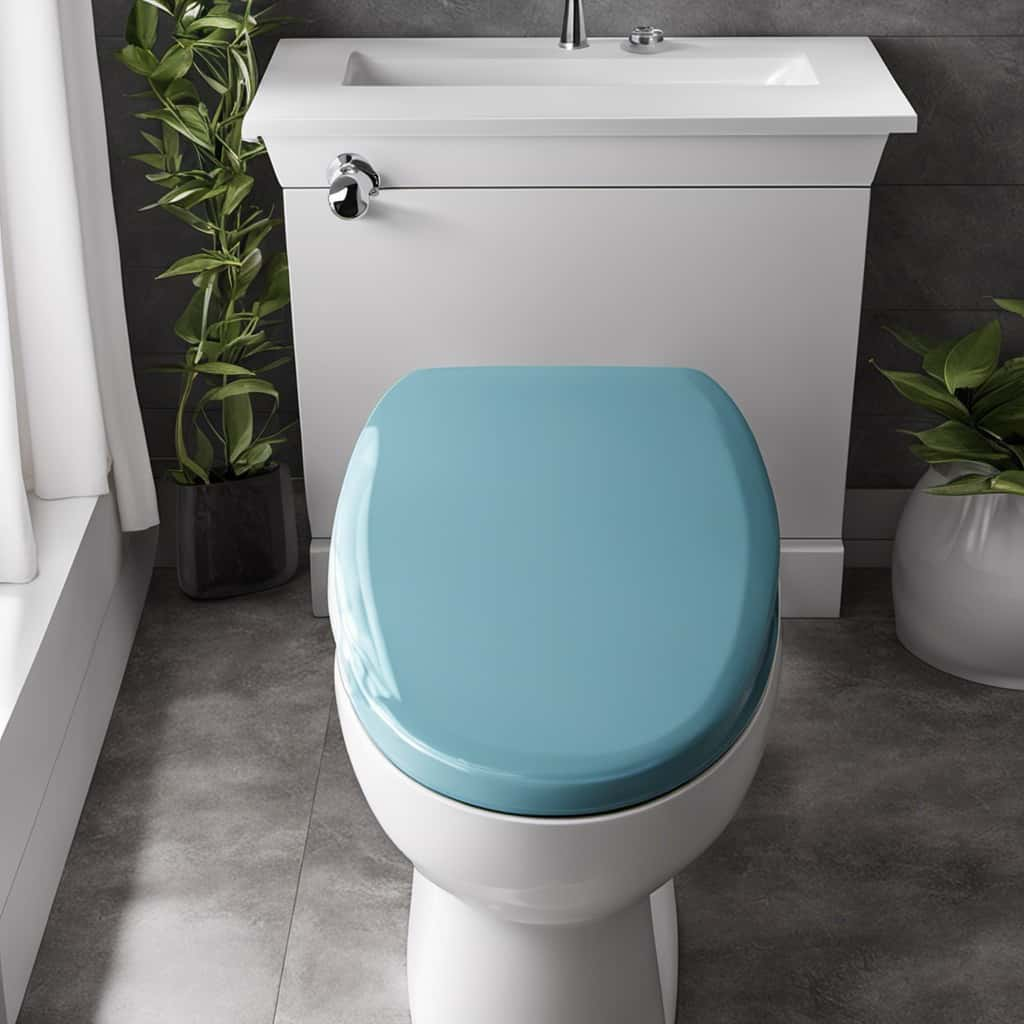Have you ever wondered why your toilet loses water after you flush? Well, we’ve got the answers you’re looking for.
In this article, we’ll explore some common reasons behind this frustrating issue. From a faulty flapper valve to a clogged drain, we’ll cover it all.
So, if you’re ready to master the art of troubleshooting your toilet, let’s dive in and uncover the mysteries of why your toilet is losing water after you flush.
Key Takeaways
- A faulty flapper valve can cause water to continuously leak into the toilet bowl.
- A damaged fill valve can result in a decrease in the water level in the tank.
- A leaking flush valve can lead to weak or incomplete flushes and a drop in the tank’s water level.
- A clogged or blocked toilet drain can hinder the flow of water from the bowl to the sewer system, causing water to drain slowly or not at all.
Faulty Flapper Valve
Why is our toilet losing water after we flush if the flapper valve is faulty?

The flapper valve is a crucial component in the toilet tank that controls the flow of water during each flush. When the flapper valve is faulty, it fails to seal properly, allowing water to continuously leak into the toilet bowl. This not only leads to a waste of water but also increases water bills.
To address this issue, it’s important to regularly inspect and maintain the flapper valve as part of routine toilet maintenance. This includes checking for any signs of wear or damage, such as cracks or deterioration, and replacing the flapper valve if necessary.
Damaged Fill Valve
Our toilet may lose water after we flush if the fill valve is damaged. The fill valve is responsible for refilling the tank with water after each flush. If it becomes damaged, it can result in a decrease in the water level in the tank, causing the toilet to lose water.
Here are three reasons why a damaged fill valve can lead to this issue:

- Incomplete filling: A damaged fill valve may not open fully, preventing an adequate amount of water from entering the tank. This can result in a lower water level, causing the toilet to lose water after flushing.
- Slow filling: A damaged fill valve may also cause the tank to fill at a slower rate. This can lead to a prolonged flushing cycle, during which the water level in the tank gradually decreases.
- Inconsistent water level: A damaged fill valve may not maintain a consistent water level in the tank. This can cause the water level to fluctuate, resulting in water loss after flushing.
Now, let’s move on to the next subtopic: the ‘leaking flush valve’.
Leaking Flush Valve
One common reason for a toilet losing water after flushing is a leaking flush valve. The flush valve is responsible for releasing water from the tank into the bowl during the flushing process. When it’s leaking, water can escape continuously, causing the water level in the tank to drop.
This can lead to a decrease in the amount of water available for flushing and result in a weak or incomplete flush. To fix a leaking flush valve, a flush valve replacement may be necessary. This involves turning off the water supply, draining the tank, removing the old flush valve, and installing a new one.
Once the replacement is complete, the toilet water level should return to its normal state, ensuring proper flushing efficiency.
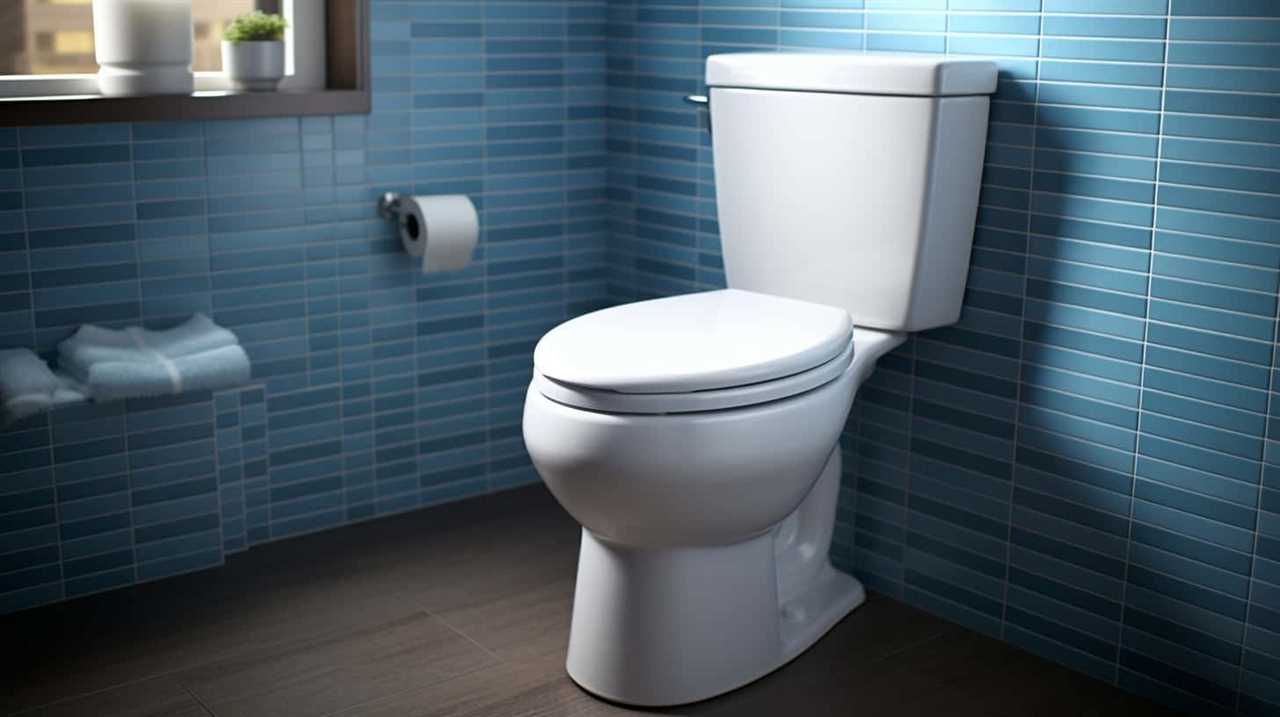
Clogged or Blocked Toilet Drain
Continuing from the previous subtopic of a leaking flush valve, another potential reason for a toilet losing water after flushing is a clogged or blocked toilet drain. When the toilet drain becomes obstructed, it hinders the flow of water from the toilet bowl to the sewer system. This can result in water draining slowly or not at all, causing the water level in the bowl to rise after flushing.
To address this issue, there are a few steps you can take:
- Use a plunger: A plunger can help dislodge the blockage by creating pressure and suction to clear the drain.
- Use a toilet auger: A toilet auger, also known as a plumber’s snake, can reach deeper into the drain to break up and remove the clog.
- Call a professional plumber: If the clog persists or is difficult to reach, it may be best to seek the assistance of a professional plumber who has the expertise and tools to resolve the issue.
Regular plumbing maintenance is crucial to prevent clogs and ensure a properly functioning toilet.
Water Supply Issues
To address water supply issues, we need to examine the condition of the shut-off valve. Low water pressure can be a common cause of toilet water loss after flushing. This can occur due to a partially closed shut-off valve, which restricts the flow of water into the toilet tank. It’s important to ensure that the shut-off valve is fully open to allow for adequate water supply.
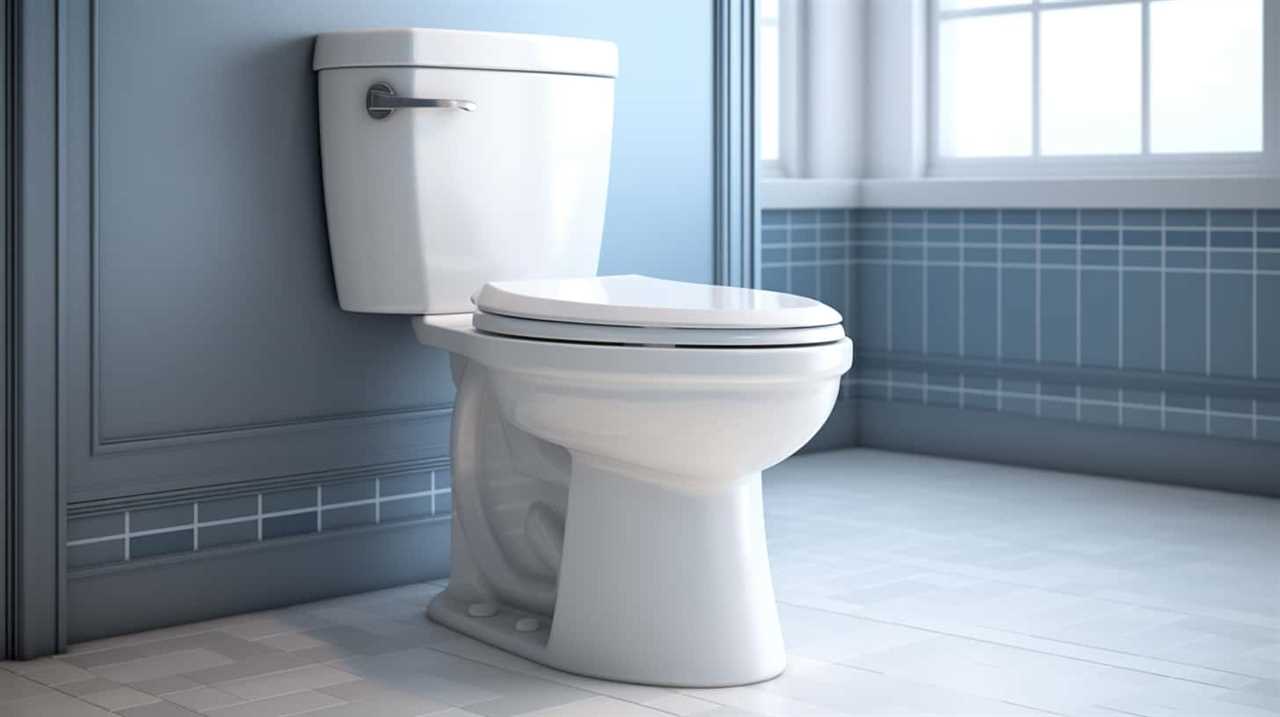
Another potential issue is a frozen water supply line. In colder climates, freezing temperatures can cause the water supply line to freeze, resulting in reduced or no water flow to the toilet. To address this, it may be necessary to thaw the frozen line or insulate it to prevent future freezing.
Checking the shut-off valve and addressing any potential freezing issues can help resolve water supply problems affecting your toilet.
Frequently Asked Questions
How Can I Determine if My Toilet’s Flapper Valve Is Faulty?
To determine if your toilet’s flapper valve is faulty, check for water leakage after flushing. If water continues to flow, it may indicate a faulty flapper valve. Troubleshooting toilet flapper issues may require toilet flapper replacement.
What Are the Signs of a Damaged Fill Valve in a Toilet?
To repair a toilet fill valve, troubleshoot the issues by checking for signs of damage such as water leakage, inconsistent water levels, or improper flushing. These problems can be resolved by replacing the faulty fill valve.

How Can I Fix a Leaking Flush Valve in My Toilet?
To fix a leaking flush valve in your toilet, first ensure the water supply is turned off. Then, remove the tank lid and inspect the valve for any cracks or damage. Replace the valve if necessary, ensuring proper water pressure for a flush.
What Are Some Common Signs of a Clogged or Blocked Toilet Drain?
Toilet overflow and a blocked toilet drain are common signs of a clogged or blocked toilet drain. If you’re experiencing these issues, it’s important to address the problem to prevent further damage.
How Can I Identify and Resolve Water Supply Issues Affecting My Toilet?
To identify and resolve toilet water supply issues, we must assess the toilet water pressure. By examining the water flow, checking for blockages, and inspecting the supply valve, we can troubleshoot and rectify any problems.
Conclusion
In conclusion, if your toilet is losing water after flushing, it’s likely caused by a faulty flapper valve, damaged fill valve, leaking flush valve, or a clogged or blocked toilet drain.
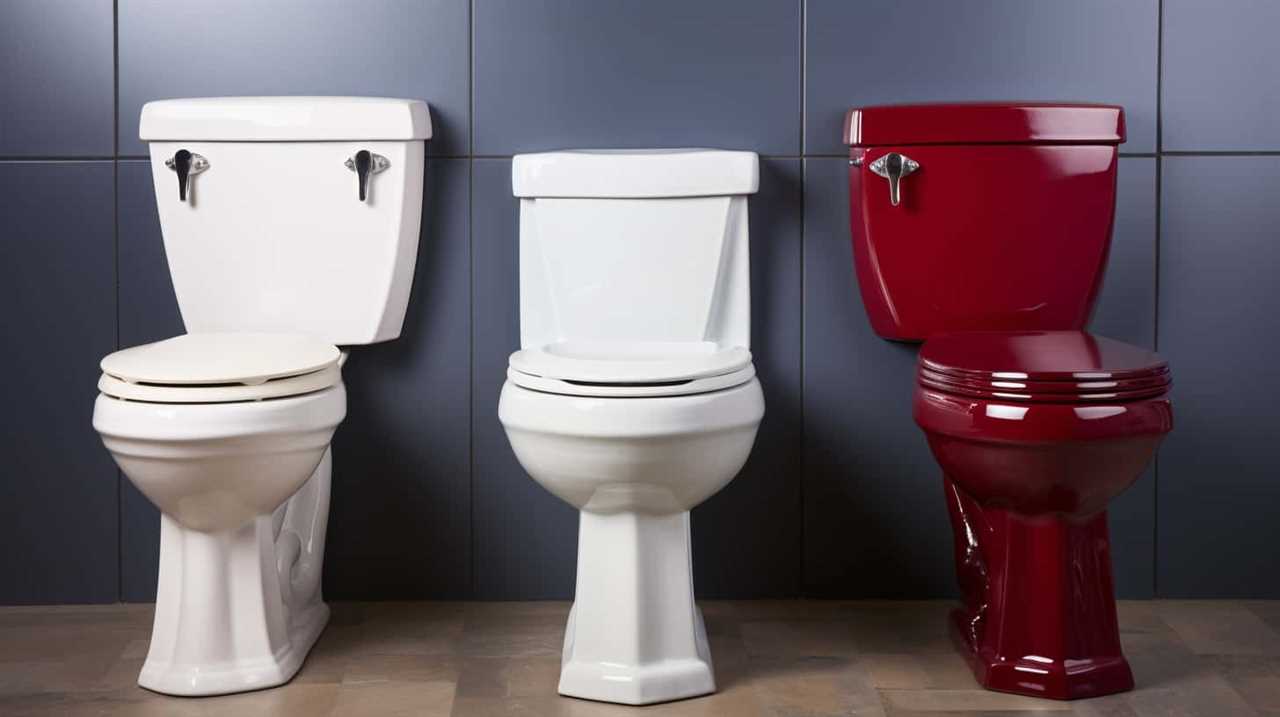
Checking these components and addressing any issues will help resolve the problem.
Remember, ‘a stitch in time saves nine,’ so taking prompt action can prevent further damage and save you from costly repairs.
